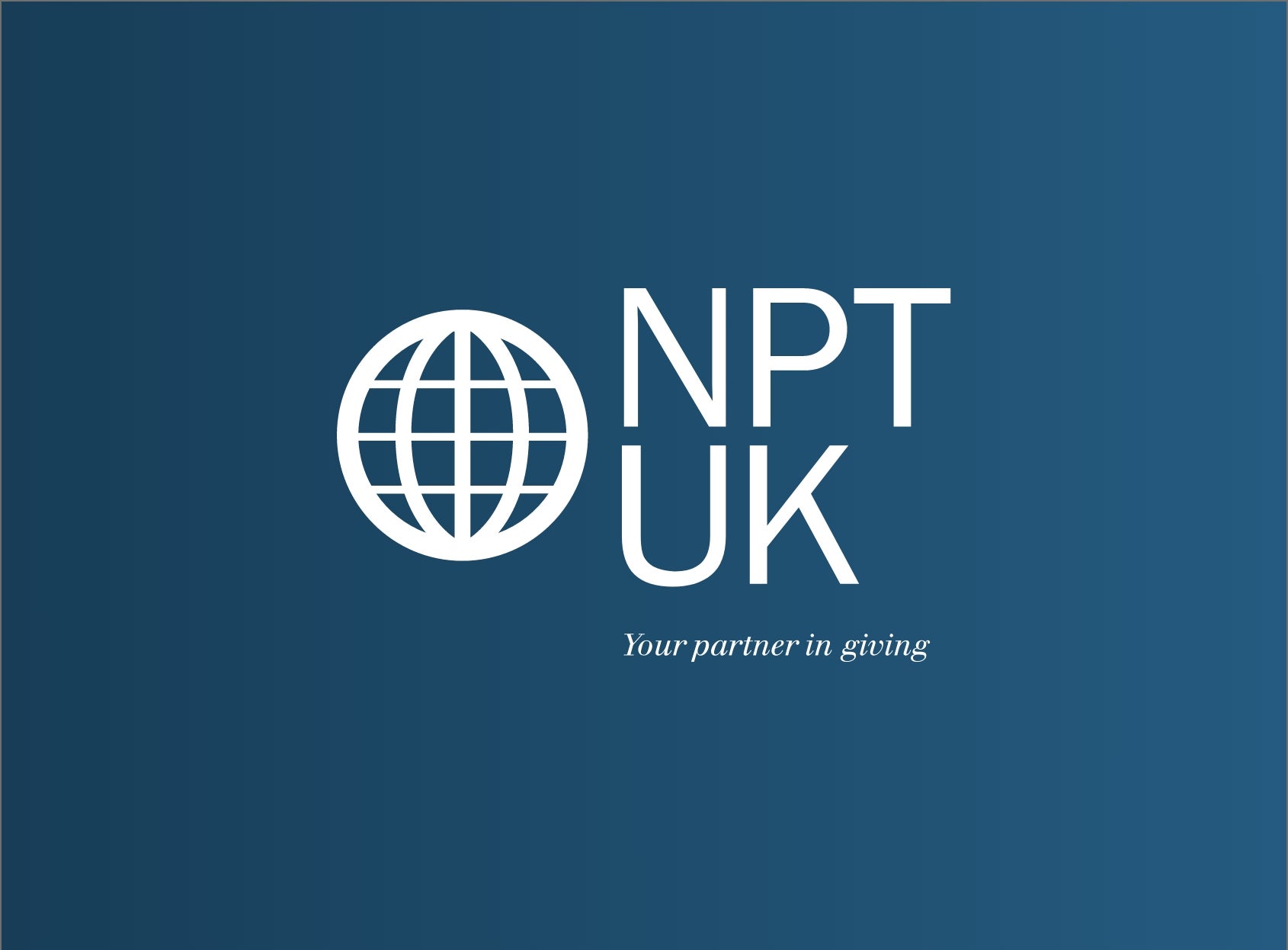Giving Trend: Structured Philanthropy

NPT-UK has focused on global giving in every sense of the phrase, from working with international donors to making grants to foreign charities, since our inception. In the course of our work, I’ve observed several important trends—some emerging, some continuing, some evolving. I’m excited to share my perspectives in a blog series on global trends in philanthropy over the next few months. The first one:
Structured philanthropy is on the rise.
Philanthropists are increasingly using formalised structures, such as donor-advised funds, to plan and execute their philanthropy. Their goal is to be more strategic and achieve greater impact over time.
Structured philanthropy is not a new concept. The oldest endowment still in operation today was established in the 11th century in London. Legacy and lifetime giving emerged in Britain on a significant scale in the 17th and early 18th century. The 18th century even saw the emergence of innovative forms of philanthropy – what we call ‘impact investing’ or ‘social investment’ today. Nineteenth-century Victorian philanthropists became famous for the large-scale investment in infrastructure and cultural institutions. All of these evolutionary concepts in philanthropy leveraged charitable structures and/or planned giving in some way.
Giving vehicles offer donors flexibility to give over time and often beyond their lifetime. Donor-advised funds fall into this category; they allow philanthropists to set aside charitable capital, receive immediate tax relief and use the invested donor-advised fund money to support their favourite charities when they are ready. Flexible timing allows donors to be strategic in their giving and tax-free investment growth can lead to a greater philanthropic impact. These benefits are part of why donor-advised funds have experienced exponential growth in the UK and the US in recent years.
I expect that structured philanthropy will continue to rise in the coming years as donor-advised funds and other giving vehicles become more commonplace and wealthy philanthropists seek innovative ways to change the charitable landscape.

